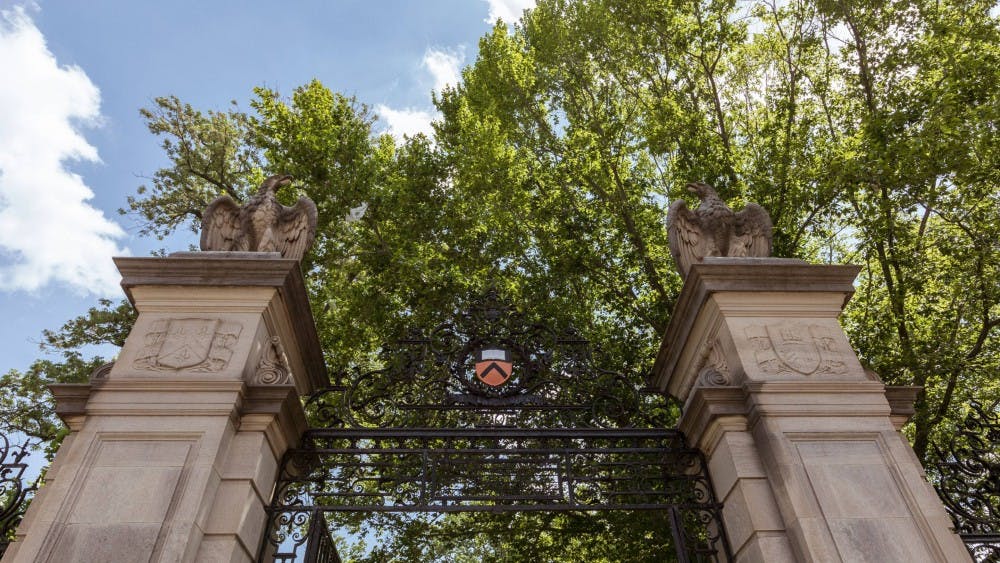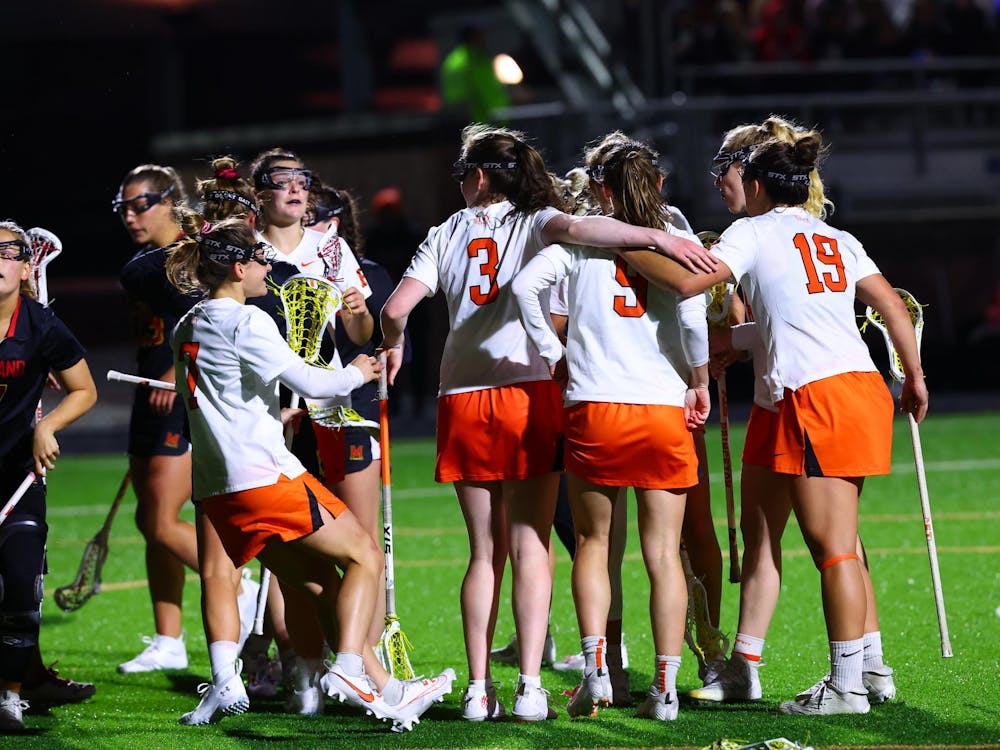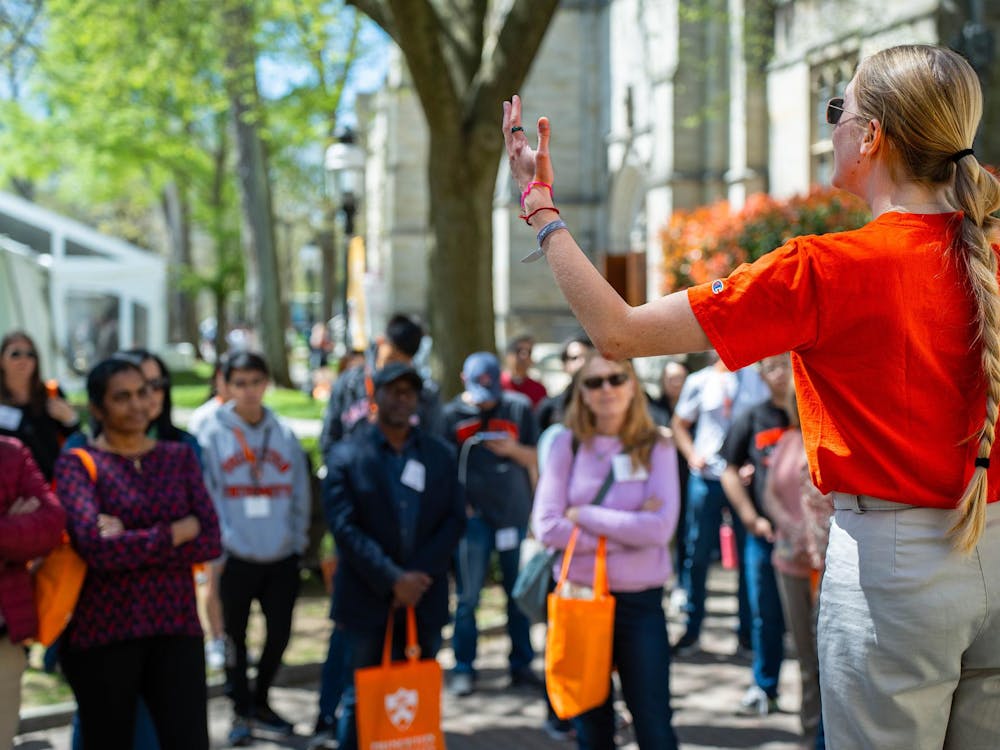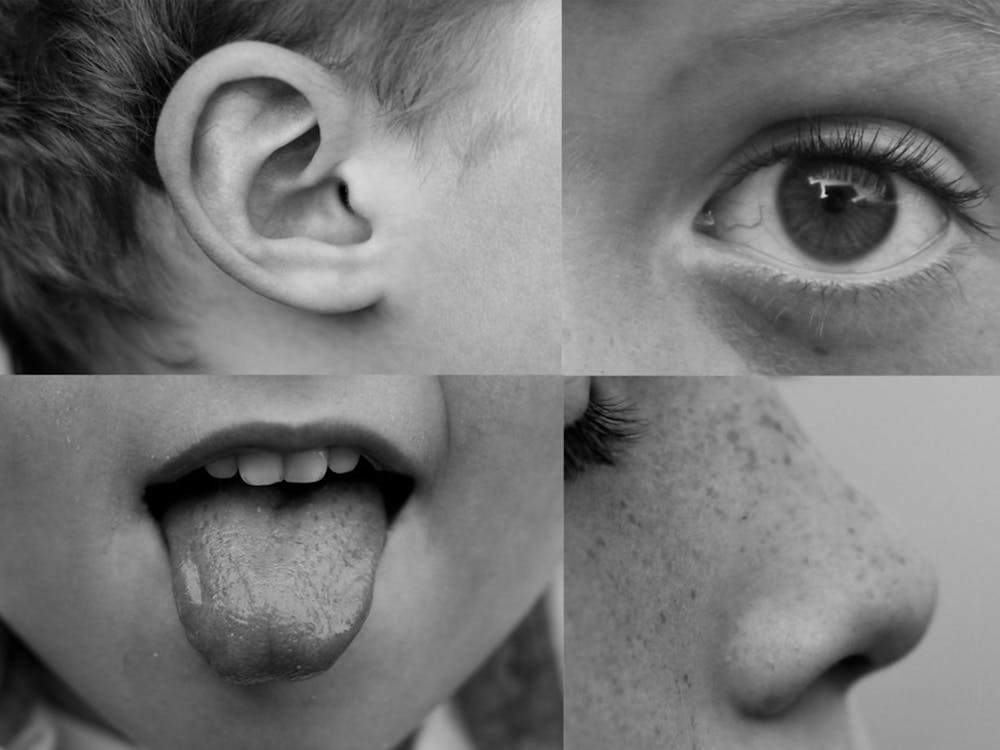It was only 50 years ago when Princeton opened its ivory gates to women students.
During the broad move towards coeducation in the sixties, many male applicants started to show a preference for co-ed institutions. Princeton, however, remained adamant in its belief that it best functioned as an all-male institution. In order to stay in the market for the most talented male students, Princeton began attempts to convince Sarah Lawrence College, an all-female institution at the time, to relocate to NJ. Even the eventual decision to admit women in 1969 wasn't founded in the desire to support women, but rather to entice men - when Yale announced that coeducation would begin in the fall of 1969, Princeton was pushed into doing the same.
In other words, Princeton’s first response to the plea for equal education was not to consider the talents of women, but to attempt to shake up the education of undergraduate women enrolled in Sarah Lawrence by pushing for a disruptive relocation. This captures a larger problematic trend that persists even today – women are always assigned secondary priority.
Women have faced a long history of stereotypes surrounding their academic abilities. In her book “Keep the Damned Women Out”, Nancy Weiss Malkiel discussed the stereotypes in the early 70s that women were not serious about academics and were looking for husbands. Moreover, she also highlighted that women would be asked specifically for the female perspective on issues by male professors, implying that their opinions were inferior or less intelligent.
While stereotypes about women have morphed, they have not disappeared. Today, women experience a serious underrepresentation in science, with teachers underestimating their mathematical abilities from a very early age. Research has found that in a classroom where teachers are asked to rate the mathematical capabilities of their students, female students with the same race, socioeconomic status, and performance on math tests as their male peers are rated as less able in comparison.
Teachers’ tendencies to underestimate the talents of their female pupils leads to a gender gap in mathematical performance developing as early as the second grade, when there was none in kindergarten. Such stereotypes persist and translate into a large gender gap in science wherein only 15% of engineers and 26% of computer scientists or mathematicians are female. A previous Daily Princetonian column focuses on the gender gap in our own campus, exploring the math department’s somewhat male-oriented advertisement to explain why only 20% of all math concentrators are currently women.
Moreover, social pressures are another heavy burden to bear. Women are largely underrepresented in leadership roles on campus. The USG had only 4 female presidents in the 30 years spanning 1980-2010. Only as of 2014 has the pace of female leadership started to pick up, with elections having yielded five female presidents since then. Eating clubs, a powerhouse of social life on campus, are also only now starting to come around, with Cottage and Cannon electing their first female presidents - Casey Swezey ’19 and Julia Haney ’19 - only last year.
These are wins for women, and should undoubtedly be celebrated, but there is still work to be done. We must work to further the fruits resulting from the diligence and hardships of the likes of Cynthia Chase ’75, our first female valedictorian, Barbara Barrow ’81, our first female Honor Committee Chair, and Michele Woods ’84, the first female USG president.
Women are still underrepresented in various organizations on campus, not to mention that male professors outnumber female professors 3 to 1 at Princeton.
For decades, women have fought to find a voice on this campus. Suman Sureshbabu, of the Graduate Class of 2007, spoke out at She Roars about the need to “shine a spotlight on women and girls” as their talents are too often overlooked otherwise.
Focusing attention not only on the accomplishments of our female leaders, but also the academic achievements of our female students, particularly those in STEM, is the road to overcoming stereotypes that have suppressed women for decades – stereotypes that they are inferior leaders and intellectuals.
The problem perhaps is that gender gaps on the Princeton Campus go unnoticed too easily. The problem we tackle presently are seldom active acts of systematic discrimination against women, but systemized underrepresentation. A major solution then lies in educating incoming generations of students about the gender gap that exists.

Over the several days over which freshman orientation is spread out, a presentation on what it means to be a woman at Princeton can surely be integrated, drawing attention to gaps in the engineering department and faculty ratio. If we aim to resolve issues of female underrepresentation, we have to foster equality within the next generation of leaders.
A university, where people earn the very qualifications that allow them to take up the roles from which women are currently absent is thus a very important target audience. In addition to discussions within orientation week, I believe residential college offices should also take a more active role in reducing the gender gap by reaching out to their female students and reminding them of the STEM and leadership opportunities available to them, as well as reminding students who do experience undercover sexism on campus of the support available to them.
We need outreach to outgrow the gender gap that has existed for far too long.
Educational history is sprinkled all over with instances of female underrepresentation. Fifty years ago, we fought for a place at Princeton. Today, we continue to fight for the equal representation of women in STEM fields, to deconstruct the related stereotypes surrounding women’s mathematical abilities, and to improve the male to female leadership ratio.
Now fifty years from the beginning of coeducation, we must realize that coeducation was not an opportunity joyously offered to women by higher institutions like Princeton. It was an opportunity seized by women to better the world for themselves. Nonetheless, the world is still far from equal.
The road to true gender equality is an ongoing battle — one we must join.
Khadijah Anwar is a first-year undergraduate from Dubai, UAE. She can be reached at kanwar@princeton.edu.









